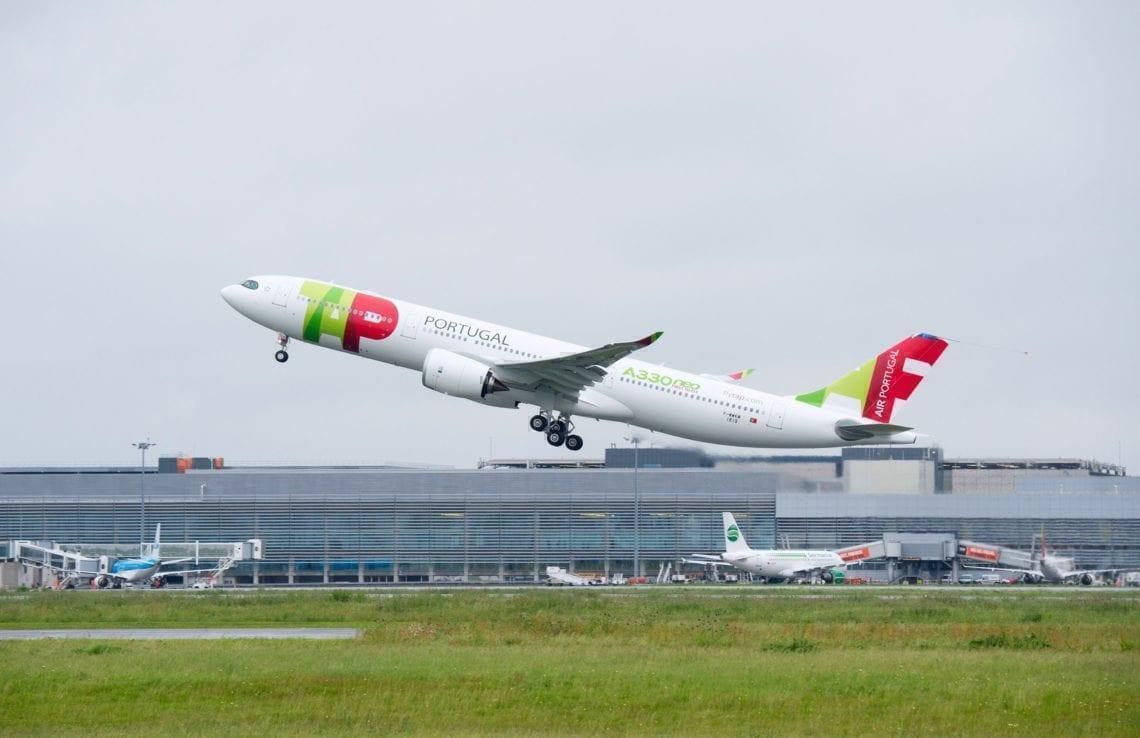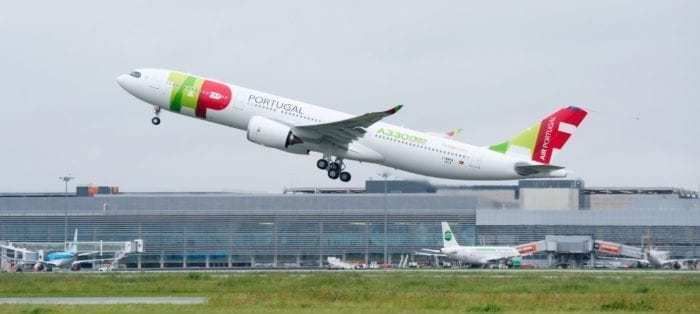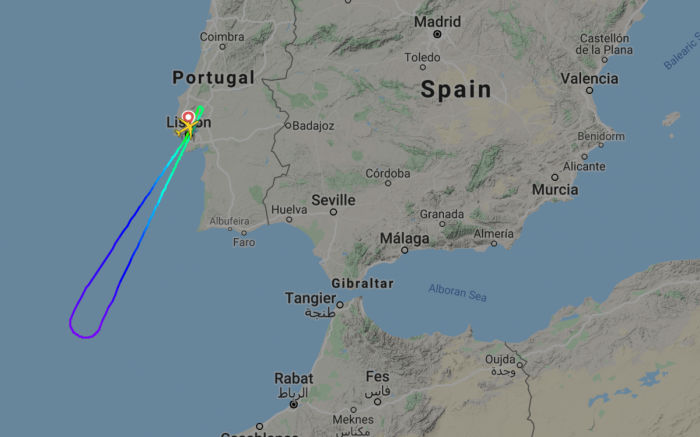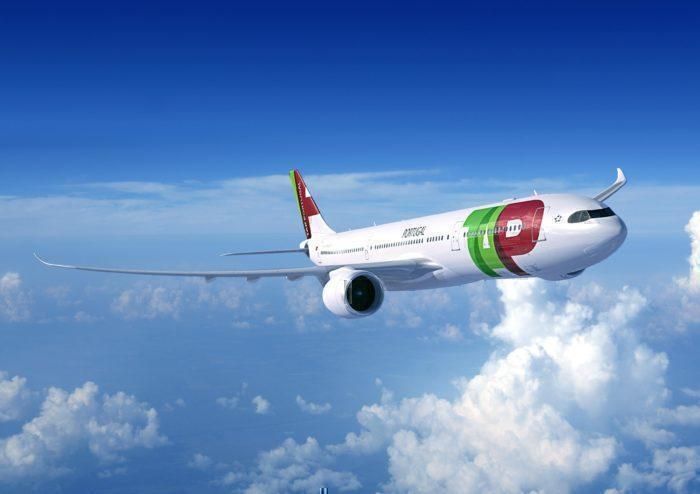**Update: 19/12/19 @ 19:57 UTC – Honeywell has confirmed that its weather radar system was not installed on the aircraft in question.**
On Tuesday, a TAP Air Portugal Airbus A330-900N flying from Lisbon to Sao Paulo returned to its origin shortly after take-off due to weather radar failure. According to the Aviation Herald, the flight made a safe landing in Lisbon just 90 minutes after departure. Passengers of TP87 were rebooked onto the same flight the following day.
Aircraft and flight details
The incident took place 230nm southwest of Lisbon when the crew made the decision to return to the airport. A passenger speaking with Aviation Herald reported the captain making an announcement regarding the weather radar failure when the diversion occurred.
The aircraft involved had registration CS-TUP and was performing flight TP87, a once-daily service between Lisbon, Portugal and Sao Paolo, Brazil. According to FlightRadar, CS-TUP spent the remainder of December 17th in Lisbon. After a four hour delay the next day, the aircraft departed for Salvador, Brazil.
According to Airfleets, the aircraft is an A330-900, which is also known as an A330neo-900. Powered by two Rolls-Royce Trent 7000 engines, the aircraft is nearly brand new as it was delivered to the airline in August.
The importance of weather radar
There's no question that having a functioning weather radar onboard an aircraft is important and necessary. For example, back in 2009, seven occupants of a Qantas Airbus A330-300 were injured due to severe turbulence near the northern coast of Malaysia.
According to FlightRadar, the investigation determined that the aircraft's weather radar capabilities had been degraded before the jet encountered severe turbulence after failing to detect a region of convective crystallizing ice.
"Consequently the convective activity itself was not detectable by [the A330's] radar. As the event occurred at night, with no moon, there was little opportunity for the crew to see the weather."
Investigators pointed out that the radar had several features disabled at the time. For example, the control panel did not allow MultiScan mode to be selected. This mode is designed to improve the detection of convective turbulence. This meant the crew had to "adjust the antenna tilt manually".
The above 2009 incident used a Rockwell Collins WRT-2100 'MultiScan' transceiver. We originally wrote that the TAP Air Portugal aircraft on December 17th had a Honeywell IntuVue RDR-4000 3D Weather Radar System. However, Honeywell has confirmed that this was not the case. Therefore, it is still unknown what type of system was involved in the incident.
Conclusion
Given the severity of turbulence and storm systems, the crew made the right call to return to Lisbon. Without a fully functioning weather radar system, especially on a long-haul transatlantic flight, the aircraft would certainly be at risk of flying into unfavorable flight conditions.
Simple Flying has contacted both TAP Air Portugal and Honeywell Aerospace for comment on the situation. However, at the time of publishing this article, no responses have been received.




